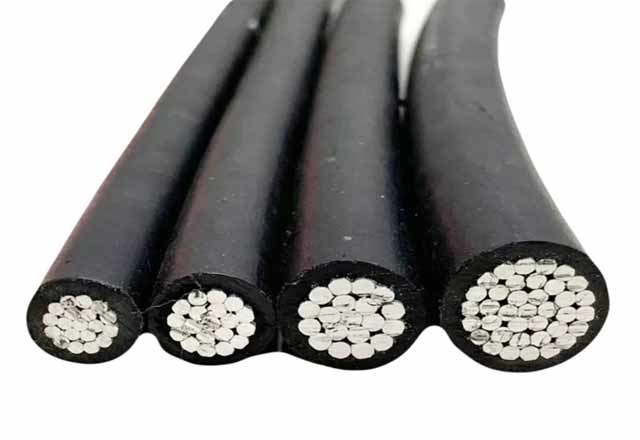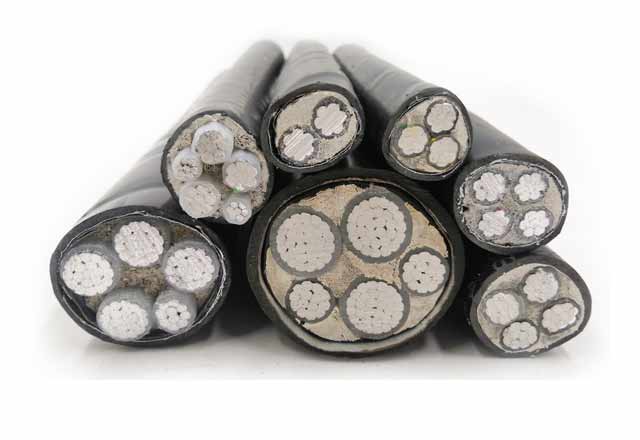Different cable applications
1. Power cables Power cables are cables used to transmit and distribute electric energy. Power cables are often used in urban underground power grids, outgoing lines of power stations, internal power supply of industrial and mining enterprises, and underwater transmission lines across rivers and seas.

2. Overhead cables (full name overhead insulated cables) are overhead wires equipped with insulating layers and protective sheaths. They are made of a special cable similar to the production process of cross-linked cables. They are between overhead wires and underground cables. new power transmission methods.

Classification is different
1. According to the voltage level, power cables can be divided into medium and low voltage power cables (35 kV and below), high voltage cables (above 110 kV), extra high voltage cables (275 ~ 800 kV) and extra high voltage cables (1000 kV and above). In addition, it can also be divided into AC cables and DC cables according to the current system.
2. Overhead cables General overhead cables are single-core, which can be divided into hard aluminum wire structure, hard-drawn copper wire structure, aluminum alloy wire structure, steel core or aluminum alloy core support structure and self-supporting three-core according to their different structures. Core structure (core can be hard aluminum or hard copper wire), etc.
Different characteristics
1. The power cable occupies less land. Generally buried in the soil or laid indoors, in ditches and tunnels, the insulation distance between lines is small, no towers are needed, and the land occupation is small, basically no space on the ground. High reliability. It is less affected by climate conditions and surrounding environment, and the transmission performance is stable.
2. High power supply reliability of overhead cables The use of overhead cables can greatly reduce various short-circuit faults (especially the common flashover faults of overhead bare wires), and the failure rate is 4-6 times lower than that of overhead bare wires.

